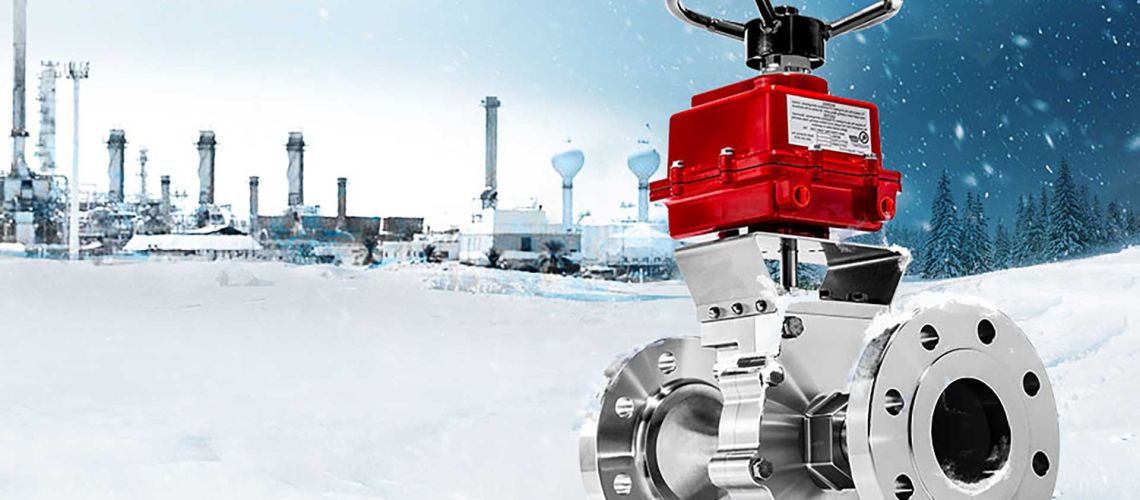Preparing Control Valves for Winter
With winter right around the corner, the team at Clarke Valve wants to make sure that our customers and their applications are prepared. Winterization is an important factor in properly maintaining outdoor valves and actuators, as well as a critical step in keeping your valves working properly.
Do I Need to Winterize my Dilating Disk™ Valve?
The Dilating Disk™ Valve is designed in a unique way to withstand the elements. Each time an inquiry is received for a Dilating Disk™ Valve, there are several process and environmental conditions discussed between the customer and engineering team. This process ensures that each valve installed is designed to endure the application elements, as well as any inclement weather that the valve may be subjected to. By learning about these conditions ahead of time, each valve is made with the proper materials so that it does not necessarily need to be winterized. Even though your Dilating Disk™ Valves do not need to be winterized, there are still precautions that can be taken to protect your valves and actuators when the temperature starts to drop.
Here are some tips for the winter months to maximize safety, reliability, and performance:
For your Dilating Disk™ Valve:
- Check the pressure to the valve’s actuator, as pressures can go down in cold weather. Maintaining adequate pressure to the actuator is critical to maintaining shut-off capability and rapid response to control signals.
- Ice formation on valves can increase weight on the pipe and supports, as well as cause movement issues if the ice has formed around the valve stem. Ice formations should be removed early and often.
- When checking the valve, check the surrounding area for ice, since condensation can form on valve bodies and freeze when the temperature drops.
For your Pneumatic Actuators:
- Verify that your instrument air to all actuators is dry.
- Blowdown actuators, supply lines, and filters to remove moisture.
- Make sure lubricators are operating accurately.
For your Electric Actuators:
- Confirm that the compartment heater is operating as needed.
- Inspect the cover seal and conduit connections for any leaks.
- Grease the drive units.
For your Gearboxes:
- Examine the cover seal for leaks.
- Remove any water in the gear area.
- Fill with lubricant to eliminate pockets for water intrusion.
Have questions about this process? Clarke Valve’s experts are happy to help you to keep your valves working properly in all types of weather. Contact us on our 24/7 technical support line: (800) 401-6618
